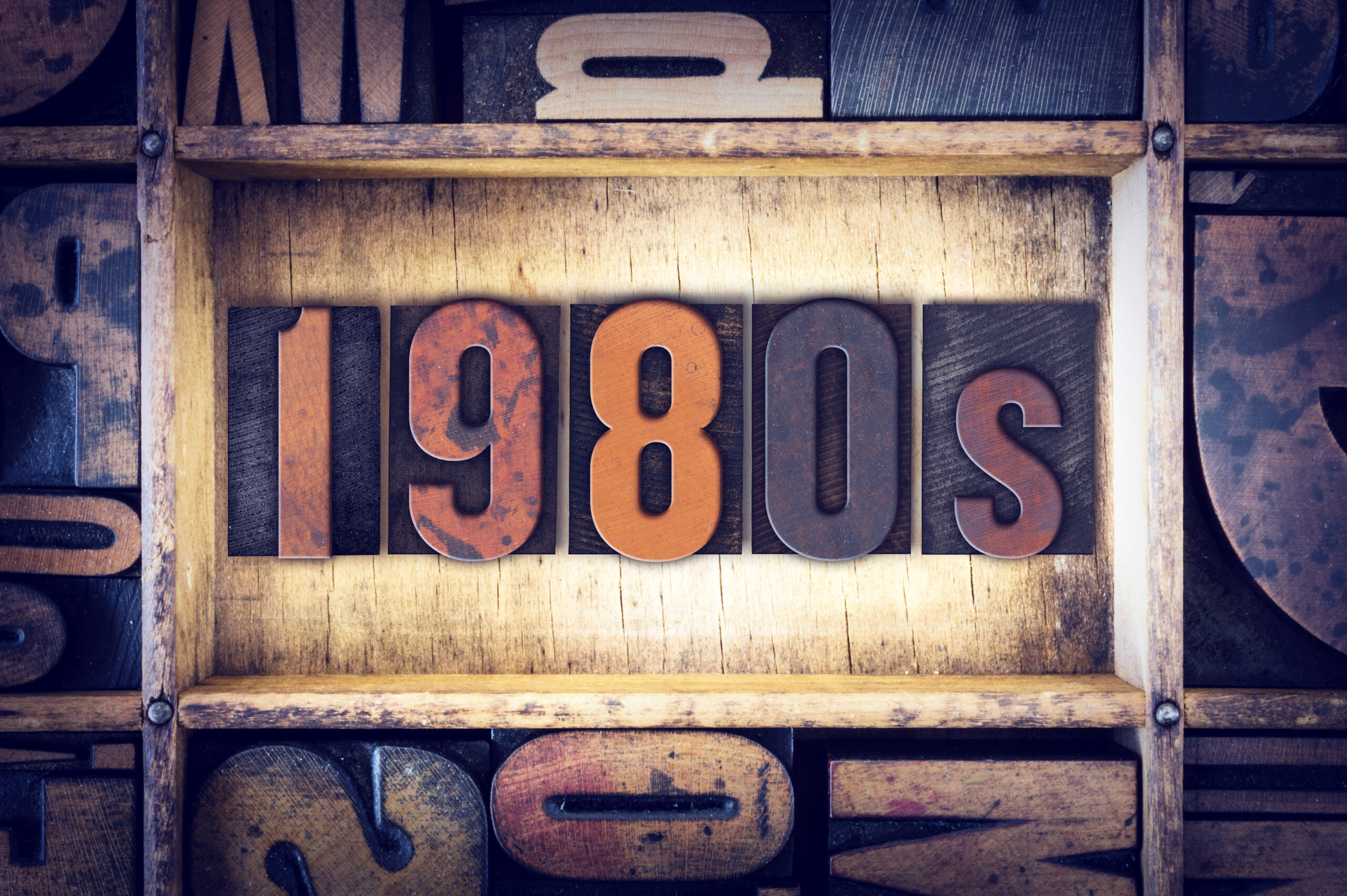The cost of living in 1985 provides an intriguing snapshot of economic conditions from a bygone era. Understanding these historical costs offers valuable insights into how far we’ve come and highlights the economic changes over the past few decades. This article delves into the various aspects of the cost of living in 1985, from housing to entertainment, and contrasts these with today’s standards.
1. Housing Costs in 1985
In 1985, housing prices were significantly lower than they are today. The average cost of a new home was around $80,300. Rent for an apartment varied depending on the location, but on average, tenants paid about $350 per month for a one-bedroom apartment. These prices reflected the economic stability of the time, though they were also influenced by interest rates, which hovered around 12-13%. In comparison to today’s housing market, where median home prices have soared and rent has increased substantially, the cost of housing in 1985 seems almost unimaginable to modern consumers.
2. Grocery Prices and Everyday Essentials
Grocery shopping in 1985 was a different experience both in cost and variety. A gallon of milk cost about $2.20, while a loaf of bread was roughly $0.99. Eggs were about $0.80 per dozen, and ground beef was $1.47 per pound. These prices reflect a time when food production and distribution costs were lower. Today, inflation and other economic factors have driven grocery prices up considerably. Comparing these prices to current supermarket costs can be surprising and nostalgic for those who lived through the era.
3. Fuel and Transportation Costs
The price of gasoline in 1985 averaged around $1.20 per gallon. This was a period of relative stability following the oil crises of the 1970s. Car ownership was common, and vehicles were less fuel-efficient compared to modern standards. Public transportation fares were also lower; a subway or bus ride typically cost around $0.75. Today, fuel prices are higher, and public transportation fares have increased, reflecting the changes in fuel technology and infrastructure investment over the years.
4. Entertainment and Leisure Expenses
In 1985, going out for a movie was an affordable leisure activity, with ticket prices averaging around $3.55. Renting a movie from a video store was also popular, costing about $2.50 per rental. Concert tickets and sporting events were cheaper as well, with prices for popular events ranging from $15 to $30. Today, the cost of entertainment has risen significantly, with movie tickets often exceeding $10, and major event tickets can cost hundreds of dollars. The evolution of home entertainment, including streaming services, has also transformed how people spend their leisure time.
5. Technological Expenses
Technology in 1985 was vastly different from what we have today. Personal computers were just starting to become more common in households, with the average cost of a basic PC around $2,500. Video game consoles like the Nintendo Entertainment System (NES) were priced at $199.99. Televisions, while less advanced, were also a significant purchase, with a color TV costing about $500. In contrast, today’s technology is more advanced and often more affordable, with a wide range of options available at various price points.
6. Education and Healthcare Costs
College tuition in 1985 was much lower compared to today. The average annual tuition for a public university was around $2,541, while private institutions charged approximately $3,108. Healthcare costs were also lower; a doctor’s visit averaged around $30, and hospital stays were significantly less expensive than today. The escalation in education and healthcare expenses has been one of the most significant economic changes over the past few decades, often outpacing inflation and wage growth.
Reflecting on the Past, Preparing for the Future
Comparing the cost of living in 1985 to today highlights both the economic growth and the challenges that have emerged. While wages have increased, so have the costs of housing, education, healthcare, and everyday essentials. Inflation has played a role in these changes, but so have advancements in technology, shifts in global markets, and changes in consumer behavior. Understanding these historical costs provides context for current economic conditions and helps in appreciating the financial landscape we navigate today.
Exploring what was the cost of living in 1985 offers a fascinating glimpse into the economic realities of that era. It underscores how much has changed and how these shifts impact our financial decisions today. By examining the past, we can better understand the present and make informed choices for the future.
Read More

